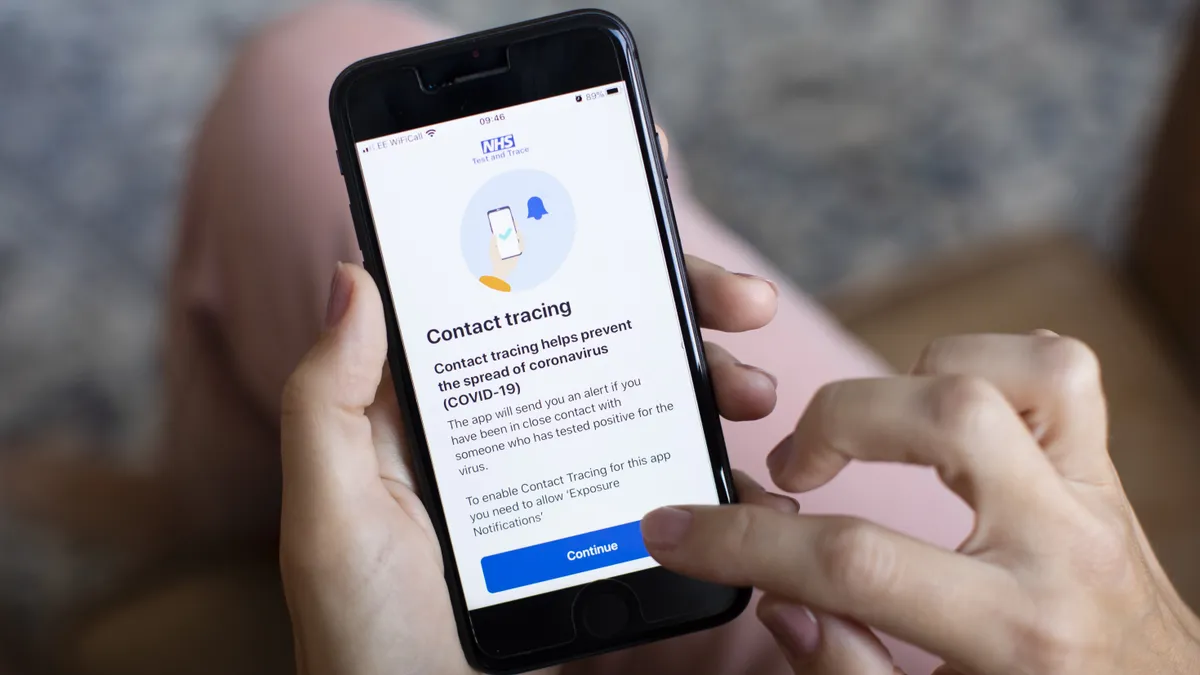Dive Brief:
- While smartphone applications have been used to track COVID-19 outbreaks, screen patients and trace contacts, a Scripps Research Translational Institute team found a lack of data on what the technologies achieved since the global outbreak.
- In their paper, the researchers found “a substantial practical advantage” to integrating the features of multiple apps, although they found “little sign” that the opportunities are being pursued.
- The study found a “glaring need” for more published reports on the outcomes of mobile apps used in the response to COVID-19, according to a review of projects published in Nature Biotechnology.
Dive Insight:
Scientists at Scripps Research said they want to see mobile apps that “collate data from multidimensional data sources” to give users feedback on their individual infection risk, offer real-time local infection rates and predict risk in their community based on forecasting models. Many of the features exist but are spread among different apps, the study found. The researchers also said developers should integrate the features into a single app.
In their review, the researchers saw “scant regard for digital tools” in the approaches adopted for managing COVID-19, a fact they found “surprising given the ubiquity of smartphones across the globe.” They noted that a range of unconnected apps were used for outbreak epidemiology, individual screening and contract tracing. Their paper analyzes the impact of apps in each area and provides recommendations based on the findings.
The analysis of individual screening apps yielded a similar conclusion, with the researchers finding that the “ideal sensor-based screening app should integrate several aspects currently presented in multiple apps.” Specifically, the researchers want apps that can integrate data from sensors on “less sophisticated mobile devices with limited features,” adapt to the user’s desired level of participation and enable the real-time detection of COVID-19 based on past data.
In contact tracing, the researchers called for apps that “work in real time, preserve data privacy, comply with local regulations, lead to actionable and measurable outcomes, be on local devices to avoid bandwidth issues and, for public health purposes, not require opting in.”
The app should also make use of “local biometric, pathogen and environmental data” to avoid unnecessarily notifying people to isolate, the study said.
The researchers added that while the feature list “may seem like a moonshot,” it “might be closer than we think.”











